Coaching Habit
Say Less, Ask More Change the Way You Lead Forever
What's it about?
The Coaching Habit is your guide to unlocking the power of less but better. This book dives into seven essential coaching questions that will transform your approach to leadership, fostering a culture of empowerment and self-reliance among your team. With practical advice and engaging examples, Stanier shows how to make coaching an everyday habit. Perfect for busy leaders, this read promises to help you achieve more impactful conversations and stronger relationships, all while saving time.
About the Author
Michael Bungay Stanier, a master of unlocking potential, pens with a purpose to transform the mundane into the extraordinary. Best known for "The Coaching Habit," his writing offers a refreshing blend of practical wisdom, humor, and insightful storytelling. Stanier's unique POV emphasizes simplicity and action, making personal and professional growth accessible to all. His work consistently illuminates the art of asking powerful questions and fostering curiosity, guiding readers to lead more effectively and live more deliberately.
10 Key Ideas of Coaching Habit
Start With the Kickstart Question to Get Things Going
Initiate conversations with a question like "What’s on your mind?"
This open-ended approach invites people to share what's most pertinent or pressing for them, fostering a focused and relevant dialogue.
It encourages self-expression and prioritizes the coachee's immediate concerns, making the coaching session more effective and tailored to their needs.
Learn DeeperAsk open-ended questions in your daily interactions. Whether you're catching up with a friend, checking in with a family member, or discussing a project with a colleague, start the conversation with 'What’s on your mind?' This approach encourages them to share what they're truly thinking or feeling.
Listen actively to their response. After asking 'What’s on your mind?', give them your full attention. Nod, maintain eye contact, and avoid interrupting. This shows that you value what they have to say and are genuinely interested in understanding their perspective.
Follow up with more open-ended questions based on their response. Use their initial answer as a springboard for deeper conversation. For example, if they mention feeling overwhelmed with work, you could ask, 'What aspect of your work is feeling most challenging right now?'
- Example
Imagine you're a manager and one of your team members seems quieter than usual in a meeting. After the meeting, you approach them and ask, 'What’s on your mind?' They share that they're feeling overwhelmed by their current project. You listen, then ask, 'What’s making it feel overwhelming?' This leads to a productive discussion about how you can support them.
- Example
You're catching up with a friend over coffee, and instead of the usual 'How are you?', you ask, 'What’s on your mind these days?' Your friend opens up about feeling uncertain about their career path. You listen attentively and follow up with, 'What about your career is making you feel uncertain?' This helps them articulate their thoughts and feelings more clearly.
Employ the AWE Question for Deeper Insights
Using the question "And what else?" can be a powerful tool in coaching conversations.
This approach encourages deeper exploration of a topic, allowing for a more thorough understanding of the issue at hand.
By asking this question, you prevent the conversation from jumping to conclusions too quickly.
It prompts the coachee to consider all aspects of their situation, which can lead to a more comprehensive analysis.
Additionally, this tactic fosters a mindset of curiosity and openness.
As the coachee reflects on their thoughts, they may uncover insights they hadn't initially recognized.
Ultimately, "And what else?" serves as a catalyst for deeper thinking and richer dialogue.
Learn DeeperStart Conversations with Open-Ended Questions: Begin your discussions, especially those aimed at problem-solving or brainstorming, with questions that cannot be answered with a simple 'yes' or 'no'. This sets the stage for more in-depth exploration.
Incorporate the AWE Question Regularly: After the initial response to your question, follow up with 'And what else?' This encourages further thinking and often uncovers additional valuable insights or solutions that were not initially apparent.
Practice Active Listening: As you ask 'And what else?', listen attentively to the responses. This not only shows respect and value for the speaker's ideas but also helps you understand the depth of the issue or the idea being discussed.
Avoid Rushing to Solutions: Resist the urge to offer solutions after the first answer. By asking 'And what else?', you allow the conversation to unfold more naturally, leading to potentially better and more comprehensive solutions.
- Example
In a team meeting discussing strategies to improve customer satisfaction, after someone suggests an initial idea, you could say, 'That’s a great start. And what else can we do to enhance our customer satisfaction?' This might lead to a broader range of solutions.
- Example
During a one-on-one with a direct report who is facing challenges with their current project, after they've shared their initial thoughts on overcoming these challenges, ask, 'I see. And what else have you considered?' This could help them think beyond their current viewpoint and identify new strategies.
Focus with the Focus Question for Strategic Direction
Ask, "What’s the real challenge here for you?" to help the coachee identify the core issue they are facing.
This question cuts through the noise and distractions, directing attention to the underlying problem.
It fosters clarity and ensures that efforts are concentrated on what truly matters, enhancing the effectiveness of the coaching process.
Learn DeeperReflect on the Real Challenge: Before diving into problem-solving mode, take a moment to reflect on the situation at hand. Ask yourself, 'What’s the real challenge here for me?' This self-questioning can help you identify the root cause of your issue, rather than just the symptoms.
Apply the Focus Question in Conversations: When a friend, family member, or colleague comes to you with a problem, resist the urge to offer immediate solutions. Instead, ask them, 'What’s the real challenge here for you?' This can help them clarify their thoughts and may lead to more effective problem-solving.
Journal About Challenges: Regularly write about challenges you're facing, applying the focus question to each. This practice can help you see patterns in what you perceive as the core issues and might guide you towards more strategic solutions.
- Example
Imagine you're leading a project at work that's hit a roadblock. Instead of focusing on the immediate obstacles, asking 'What’s the real challenge here for me?' might reveal that the real issue is a lack of clear communication between team members, not just the surface-level problems.
- Example
Consider a friend coming to you, overwhelmed by their busy schedule. By asking them 'What’s the real challenge here for you?' you might help them realize that their real struggle is not the number of tasks but their difficulty saying no to new commitments, leading to a more focused discussion on setting boundaries.
Drive Action with the Foundation Question
Prompt action by asking, "What do you want?"
This question helps the coachee articulate their desires and objectives, serving as a foundation for creating actionable steps towards achieving their goals.
It shifts the conversation from abstract discussion to concrete planning, facilitating progress and accountability.
Learn DeeperIdentify Your Desires: Start by taking a moment each day to ask yourself, 'What do I really want?' This could be in relation to your career, personal life, or a specific situation. Write down your thoughts to make them more tangible.
Use the Question in Conversations: When discussing plans or projects with others, ask them, 'What do you want?' This encourages clarity and ensures that everyone's objectives are aligned, making it easier to work towards a common goal.
Reflect on Your Responses: Regularly review the answers you've given or received to the question 'What do you want?' This reflection can help you track progress towards your goals and adjust your approach if necessary.
Set Actionable Steps: Once you've identified what you or others want, break down the goal into smaller, actionable steps. This makes the journey towards achieving the goal seem more manageable and less daunting.
- Example
During a team meeting, a project manager notices the conversation drifting away from the main agenda. She asks the team, 'What do we want to achieve by the end of this meeting?' This refocuses the discussion and helps the team outline clear objectives for the meeting.
- Example
A friend is feeling overwhelmed with their current job situation but isn't sure what to do next. Over coffee, you ask them, 'What do you want from your career?' This question helps your friend articulate their desires for growth, work-life balance, or a new challenge, sparking ideas for their next steps.
Unlock New Perspectives with the Lazy Question
Challenge the coachee to find their own solutions by asking, "How can I help?" or "What do you want from me?"
This encourages self-reliance and empowers them to take ownership of their challenges.
It also clarifies how you can be most useful as a coach, ensuring your support is targeted and effective.
Learn DeeperStart conversations with open-ended questions. Instead of jumping in with advice or solutions, begin by asking 'How can I help?' This invites the other person to express what they truly need.
Practice active listening. After posing your question, listen intently to the response. This not only shows respect but also helps you understand the real issue at hand, enabling you to offer more targeted support.
Encourage self-reflection. Prompt the other person to think about possible solutions themselves by asking, 'What do you think are your options?' This fosters independence and confidence in their problem-solving abilities.
Clarify your role. Once they've shared their thoughts, ask, 'How can I support you in this?' This ensures that your assistance is both wanted and precisely directed towards what they actually need.
- Example
Imagine a colleague comes to you, overwhelmed by their workload. Instead of immediately offering to take tasks off their plate, you ask, 'How can I help?' They might reveal they need help prioritizing rather than reducing their workload.
- Example
A friend is contemplating a career change but is unsure of where to start. By asking, 'What do you want from me?' you might discover they're not looking for answers but rather someone to listen as they talk through their options.
Deeper knowledge. Personal growth. Unlocked.
Unlock this book's key ideas and 15M+ more. Learn with quick, impactful summaries.
Read Full SummarySign up and read for free!
Coaching Habit Summary: Common Questions
Experience Personalized Book Summaries, Today!
Discover a new way to gain knowledge, and save time.
Sign up for our 7-day trial now.
No Credit Card Needed

Similar Books

Emotional Intelligence at Work
Dalip Singh
Seeing the Big Picture
Kevin Cope
Leadership Is Concept Heavy
Dr. Enoch Antwi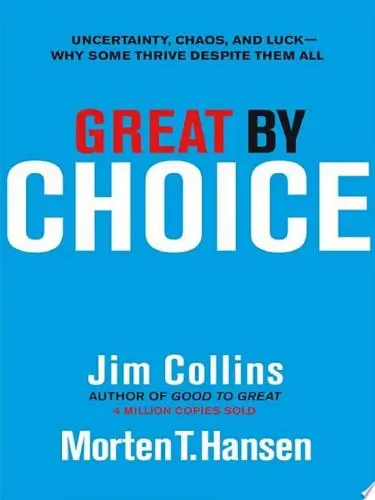
Great by Choice
Jim Collins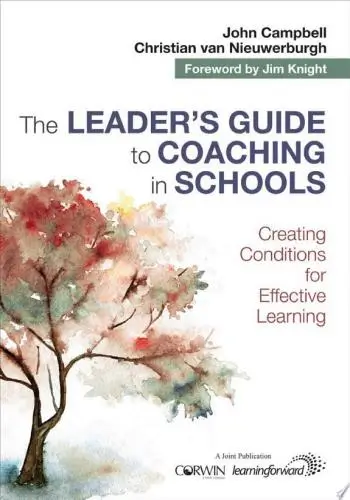
The Leader′s Guide to Coaching in Schools
John Campbell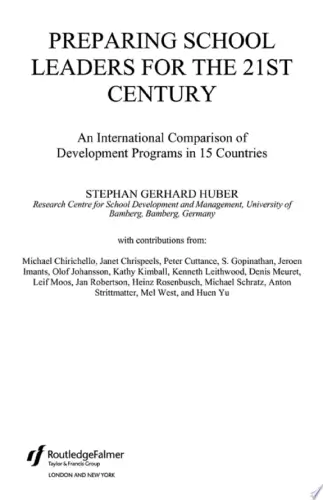
Preparing School Leaders for the 21st Century
Stephan Gerhard Huber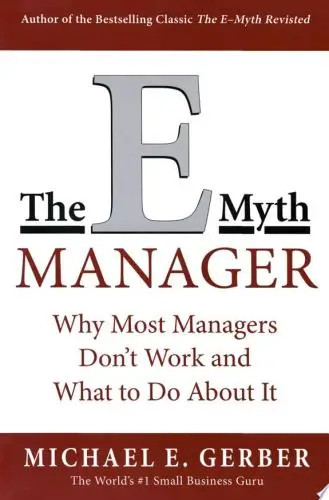
The E-Myth Manager
Michael E. Gerber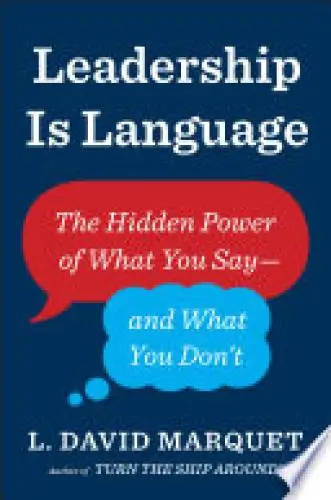
Leadership Is Language
L. David Marquet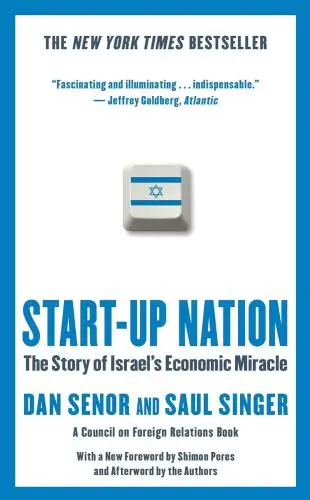
Start-up Nation
Dan Senor
The Founder's Dilemmas
Noam WassermanTrending Summaries

Peak
Anders Ericsson
Never Split the Difference
Chris Voss
Smart Brevity
Jim VandeHei
The Psychology of Money
Morgan Housel
The First 90 Days
Michael D. Watkins
Atomic Habits
James Clear
Thinking, Fast and Slow
Daniel Kahneman
The Body Keeps the Score
Bessel van der Kolk M.D.
The Power of Regret
Daniel H. Pink
The Compound Effect
Darren HardyNew Books

The ^AOxford Handbook of Job Loss and Job Search
Ute-Christine Klehe PhD
Job Interviews For Dummies®
Joyce Lain Kennedy
Job Interviews In A Week
Alison Straw
Handbook of Career Development
Gideon Arulmani
The Art of Spending Money
Morgan Housel
$100M Offers
Alex Hormozi
A Candle for Kiri
Edna Mae Holm
Principles of Marketing, Global Edition
Gary Armstrong
Serpent Rising: The Kundalini Compendium
Neven Paar

